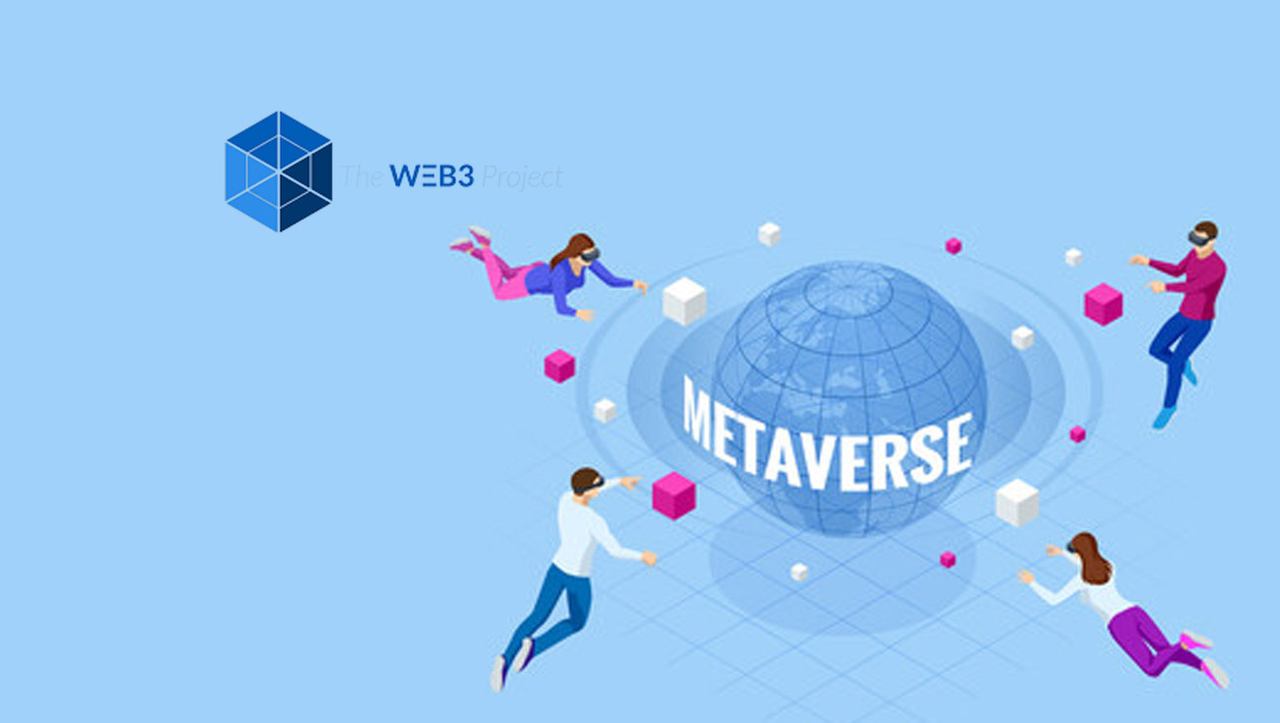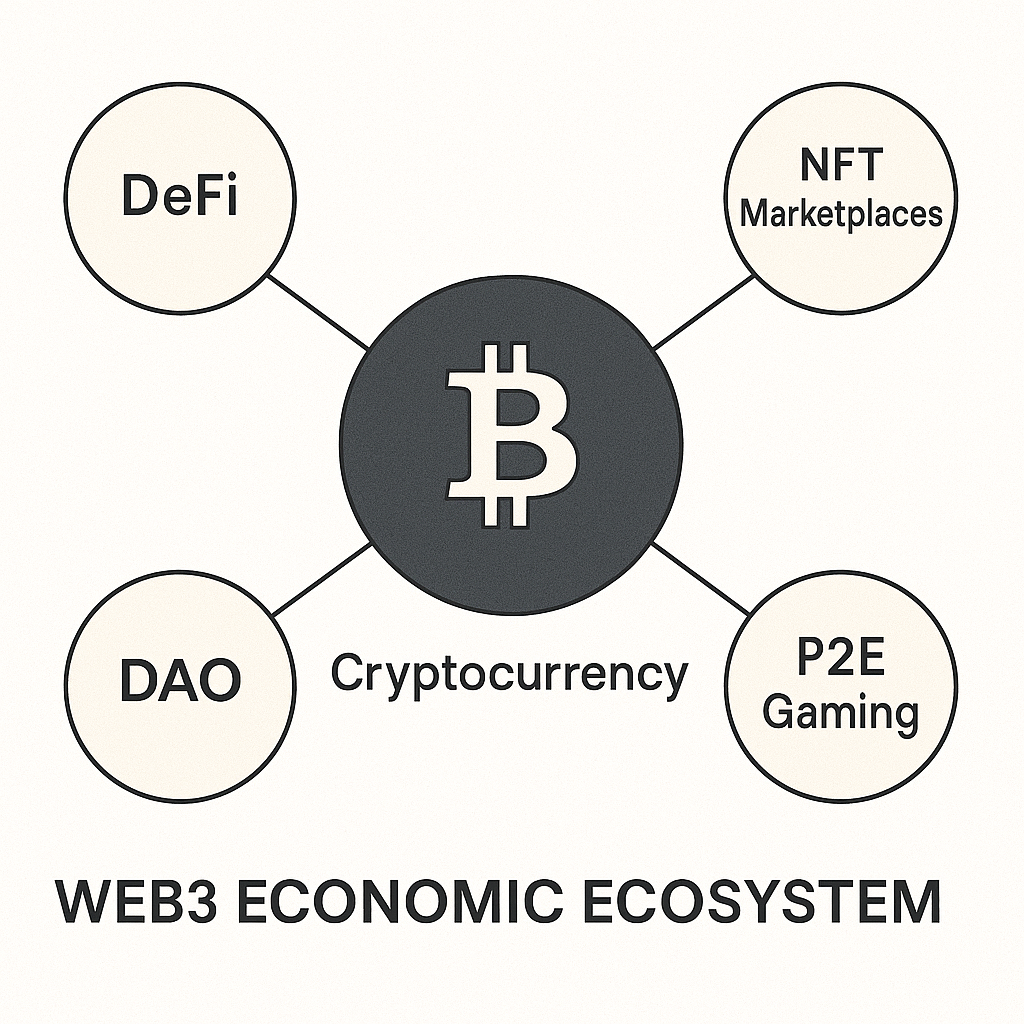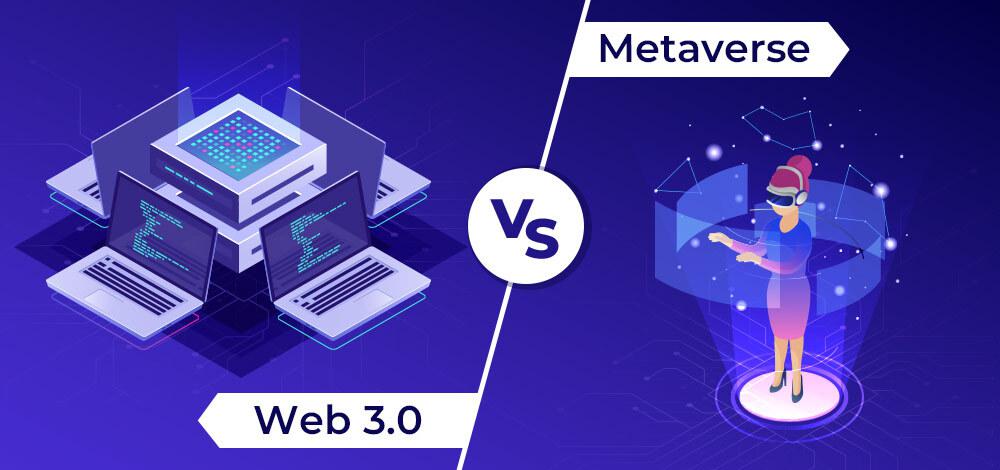
Imagine a digital world where you truly own your digital assets, where economies run transparently, and your digital identity is completely in your control. This isn't just science fiction; it's the grand vision of the Web3 and Metaverseconvergence. At the heart of this revolution is cryptocurrency, providing the essential foundation and driving force for this decentralized, user-owned, and open digital future.
What is the Metaverse? Our Expanding Digital Frontier
The Metaverse is more than just a virtual reality space. In the context of Web3, it's a vast, interconnected digital universe designed to be:
-
Persistent and Always On: Your actions and creations within the Metaverse are permanent, continuing even after you log off.
-
Highly Immersive: Using technologies like VR and AR, the Metaverse blurs the lines between the physical and digital, offering deeply engaging sensory and emotional experiences.
-
Interoperable: Ideally, you'll be able to move seamlessly between different Metaverse platforms, taking your digital assets and identity with you.
-
User-Created and Governed: Unlike current centralized platforms, the Web3 Metaverse is built, owned, and governed by its users.
Achieving such a free and expansive digital world requires breaking free from the "walled gardens" of the current internet. That's where Web3's technologies and philosophies come in.
Web3's Foundation: The Metaverse's Three Pillars
Web3's core technology stack—blockchain, cryptocurrencies, and smart contracts—provides the indispensable underlying support for the Metaverse. They play a revolutionary role in defining and securing digital asset ownership, building economic systems, and establishing identity.
Digital Asset Ownership: From Renting to Owning
In the Web2 era, if you bought a rare skin in a game or an emoji on a social platform, the platform ultimately owned it. If the platform shut down, your "asset" vanished. The Web3 Metaverse changes this entirely.
-
NFTs (Non-Fungible Tokens): These are key to digital asset ownership. Each NFT is a unique cryptographic token stored on a blockchain, representing sole ownership of a specific digital asset. This could include virtual land, clothing, game items, or digital art. For example, in Decentraland or The Sandbox, virtual land exists as NFTs you can buy, sell, or even develop. Your avatar's clothes or even the avatar itself can be NFTs, giving you unique identity and collectible value. Game items you earn are truly yours to trade or potentially use across different games.
-
Blockchain's Immutability: Your ownership is transparently and immutably recorded on the blockchain, ensuring scarcity, authenticity, and traceability. This means your digital assets aren't just lines of code on a platform's database; they're truly your on-chain wealth. This verifiable ownership brings unprecedented security and value to digital assets.
Economic Systems: Open, Transparent, and Incentive-Driven
A healthy, vibrant economy is vital for the Metaverse's sustained growth. Cryptocurrencies and Web3 provide an inherent, decentralized economic model.
-
Cryptocurrency as Universal Currency: Transactions in the Metaverse won't rely on platform-specific points. Instead, native cryptocurrencies (like Ethereum's ETH or specific Metaverse tokens such as MANA or SAND) will be used. These can be freely exchanged in the broader crypto market, holding real external value.
-
Transparent Transactions: All transaction records are publicly visible and traceable on the blockchain, drastically reducing fraud and building trust.
-
Play-to-Earn (P2E) Models: Blockchain games are prime examples of the Metaverse's economy. Players earn crypto or NFTs by completing tasks, battling, exploring, or creating content. These digital assets can be sold for real-world value, turning "playing games" into a potential income stream.
-
DeFi Integration: Metaverse economies can deeply integrate with DeFi protocols. This allows for:
-
NFT-backed loans: Using your virtual land NFT as collateral for a loan.
-
Liquidity mining: Earning rewards by providing liquidity for Metaverse tokens.
-
Staking: Locking up tokens to support the network or participate in governance for rewards.
-
-
DAO Governance: Many Metaverse projects are exploring governance by Decentralized Autonomous Organizations (DAOs). By holding project tokens, users can vote on development, treasury allocation, and other key decisions, ensuring a fair and sustainable economic model controlled by the community.

Identity: Self-Sovereign Digital Personas
On the current internet, our digital identities are fragmented across various platforms, controlled by those platforms, and often vulnerable to privacy breaches. Web3 aims to give users back control of their digital identities.
-
Decentralized Identifiers (DIDs): DIDs allow users to have a globally unique digital identity that they completely control, independent of any central authority. Stored on the blockchain, a DID can hold user-selected information (e.g., gaming achievements, digital assets, social connections). This creates a persistent digital reputation.
-
Data Ownership & Privacy: Users can choose what data to share and with whom, rather than having platforms collect and exploit it. This significantly enhances user privacy and control, bolstered by privacy-enhancing technologies like Zero-Knowledge Proofs (ZKPs).
-
Interoperable Identity: Theoretically, your on-chain DID and associated NFTs (like a custom avatar) can seamlessly transfer between different Web3 Metaverse applications. You won't need to re-register or rebuild your identity in each new platform; your digital footprint and reputation will follow you across virtual worlds.
The Future: Metaverse, Web3, & Crypto Convergence

The deep integration of the Metaverse and Web3 is building an unprecedented digital future. It's more than just a technological upgrade; it's a paradigm shift—from centralized control to decentralization, openness, composability, and user ownership.
While the Metaverse is still in its early stages, facing technical challenges (e.g., rendering power, interoperability standards, scalability), user experience refinements, and evolving regulatory frameworks, its underlying logic is clear. A Metaverse powered by blockchain for trust, driven by cryptocurrencies for its economy, secured by NFTs for digital ownership, and empowered by DIDs for self-sovereign identity is gradually moving from concept to reality. It promises to unlock a new digital frontier, fundamentally changing how we interact with the internet, create value, and express ourselves.













